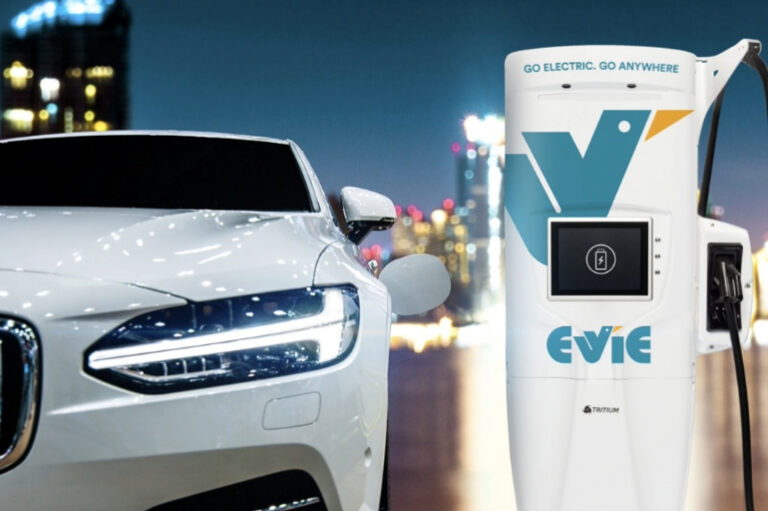Paul Fox, Co-Founder and Chief Strategy Officer at Evie Networks, has offered a grounded take on the electric vehicle (EV) market, revealing solid growth in public charging demand despite mixed narratives around new car sales. Speaking at the Smart Energy Expo, Fox unpacked what Evie is seeing across its growing public charging network — and the trends point to continued momentum in EV adoption.
“Every single month since we started, we have a record week every month,” Fox said, referring to Evie’s public charging network. While media headlines occasionally suggest a slowdown in EV sales, he noted that this doesn’t align with actual usage on the ground. “For us, it’s consistent growth.”
Fox clarified that Evie Networks focuses specifically on battery electric vehicles (BEVs) rather than plug-in hybrids (PHEVs), which generally have limited impact on public charging infrastructure. “We really only track BEVs because plug-in hybrids don’t generally have much impact,” he explained. “Waiting to see what the BYD Shark does… it’s got, like they say, 100k of EV-only range.”
March 2024 saw around 5,300 new BEVs sold in Australia, bringing sales back to a consistent trend line established last year. While this was lower than March 2023 — a month buoyed by a fresh shipment of Tesla Model 3s — the underlying growth in non-Tesla brands is more meaningful. “When you take Tesla out and just look at the other brands… what you see is other brands have grown tremendously,” Fox said. He added that many of the new Chinese brands, like Zeekr and GWM, were only in early stages of delivery during the month, suggesting further upside to come.
From Evie’s perspective, charging session data reflects a predictable pattern with seasonal shifts. “We do see seasonalities,” Fox noted. “Holiday season — you saw that massive spike… people going to parties these days don’t drink and drive. Get in an Uber. And so Uber drivers go crazy on EVs.”
After a quieter period in January, activity rebounded. “It bumps back up in February, and then it comes back up in March,” Fox said. He forecasted another strong result around the Easter holidays: “Call it here — another record week.”
Fox also addressed technical aspects of how vehicles use the network. While the average kilowatt hours delivered per session has remained largely stable, there’s a subtle upward trend as both vehicles and charging infrastructure improve. “It is creeping up, but largely consistent,” he said, pointing to the increasing availability of higher-powered chargers like 150kW units, as well as new EVs capable of faster charging.
“From our point of view, we can see a little bit of average creep up as we install more powerful chargers on the network. But we also see cars that are capable of faster charging speeds coming on. It’s like your fleet replacement problem — we’re seeing it rise quite slowly over time,” Fox said.
While Evie’s app allows drivers to nominate their vehicle model — which can help with analytics — Fox admitted the sheer number of sessions now makes detailed tracking more complex. “When you’ve got 100,000 sessions, then you really have to look at it in total.”
As for PHEVs, the jury is still out. “It’s not a major impact on our network,” Fox said, acknowledging that a few models like the Mitsubishi Outlander do use Evie chargers. However, he believes it’s too early to draw conclusions about the newer plug-in hybrids with larger batteries and range extenders. “Probably too early to myth bust,” he added, suggesting the European data — which shows limited public charging uptake for PHEVs — may be a reasonable proxy for now.
In summary, despite some noise in the media, Fox sees a healthy and growing EV ecosystem in Australia. “What we’re seeing is consistent growth, better vehicles, and increasing demand — and that’s all reflected in our charging sessions,” he said.






